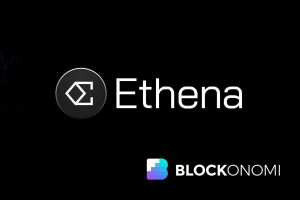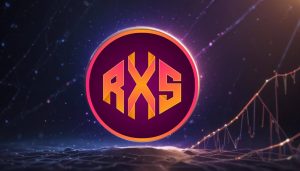Ethereum Merge isn’t Taking Place in June

Contrary to the community’s expectation, the Ethereum merge date will be extended and probably is not taking place this June. However, with all the happenings since the beginning, the merge is still worth the wait.
A Predictable Delay
For as long as we’ve known, the Ethereum team has taken a long journey to get close to the merge. After several delays over the past few years, there are eventually some encouraging signs that contribute to the solid conviction of Ethereum’s future.
Recently, reports surfaced that the long-awaited upgrade will arrive in June of this year. Speculations have risen, especially after the development team reported earlier this week that it had successfully completed a “shadow fork,” another important milestone in the consolidation of the two blockchains.
However, Tim Beiko, one of core developers of Ethereum Foundation recently stated that, “it won’t be June, but likely in the few months after. No firm date yet, but we’re definitely in the final chapter of PoW on Ethereum.”
Rome was not built in a day, and the same might be said for the merge. Fortunately, all of the most recent testnet releases have resulted in smooth functionality.
Specifically, the Kiln testnet was successfully launched in mid-March and tested the integration of the existing Proof-of-Work Ethereum 1.0 blockchain with the Ethereum blockchain using Proof-of-Stake.
The Big Merge…
If you stay in the crypto world long enough, the term “the merge” will surely ring a bell. Ethereum merge, in essence, is a consolidation of two components: Ethereum mainnet and the Beaconchain’s Proof-of-Stake system.
The merge’s arrival will mark the end of Proof-of-Work, opening a new empire of the PoS consensus mechanism.
The transition is said to live up with the expectation of the community; both those who have come a long way to support the blockchain and those who have fought against their inner struggle with its ridiculously high price and low speed to stay with the team.
The merge will shape the future of Ethereum by leveling up its scalability, security, and optimize the transaction fees.
Simply put, transactions are faster, cheaper and more secure. Plus, the network’s environment will be significantly improved.
Another significance of this next phase is its adaptability, as the blockchain’s security is centered on staked tokens rather than the apparently energy mining equipment. This is a less harmful method to the environment.
For nearly seven years, plans for a multi-stage transition to PoS have been in the works. During this time, the team constantly provided new improvements, while Ethereum’s investors became dissatisfied with severe faults that damaged their blockchain experiences.
Many people even switched to other options, such as Solana or Polkadot.
The fact that the integration is nearing completion is encouraging, even though the Ethereum core team has yet to announce a specific release date. Due to the scope and complexity of the update, all projected deadlines have been pushed back numerous times.
Following the successful implementation of Ethereum’s first mainnet “shadow fork” on April 11, Beiko published an update on the progress.
Developers used the testnet to provide a more controlled environment to test their assumptions regarding the network’s challenging PoS transition.
The merge is not here yet, but we are close. And after all, all credits are for the developer team.
While many believe that developers will be able to transition the mainnet from a PoW to a PoS architecture by the second half of 2022, some still have doubts. A Flexpool’s representative stated that they do not expect the Merge to take place until next year.
The world’s sixth-largest ether mining pool claimed that an extended delay will occur.
The company said that its goal is to, “actively devote our developers to the merge testnets once they become public and do our best to identify bugs so that the merge is delayed further.”
The pool has made substantial investments in Ethereum mining. So it’s logical that it wants the Ethereum network to run on proof-of-work for as long as possible.















